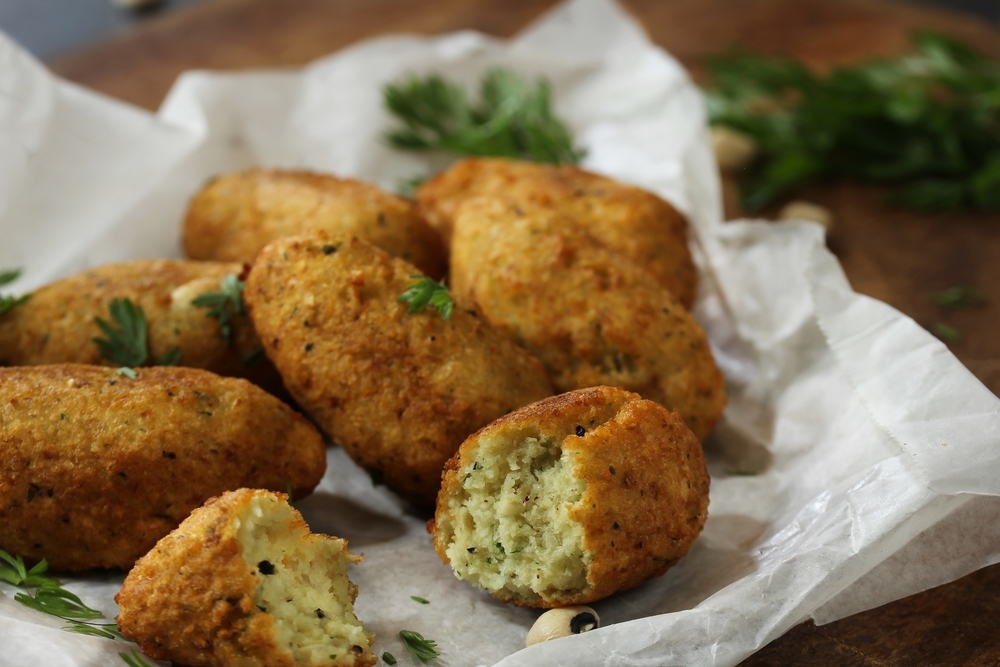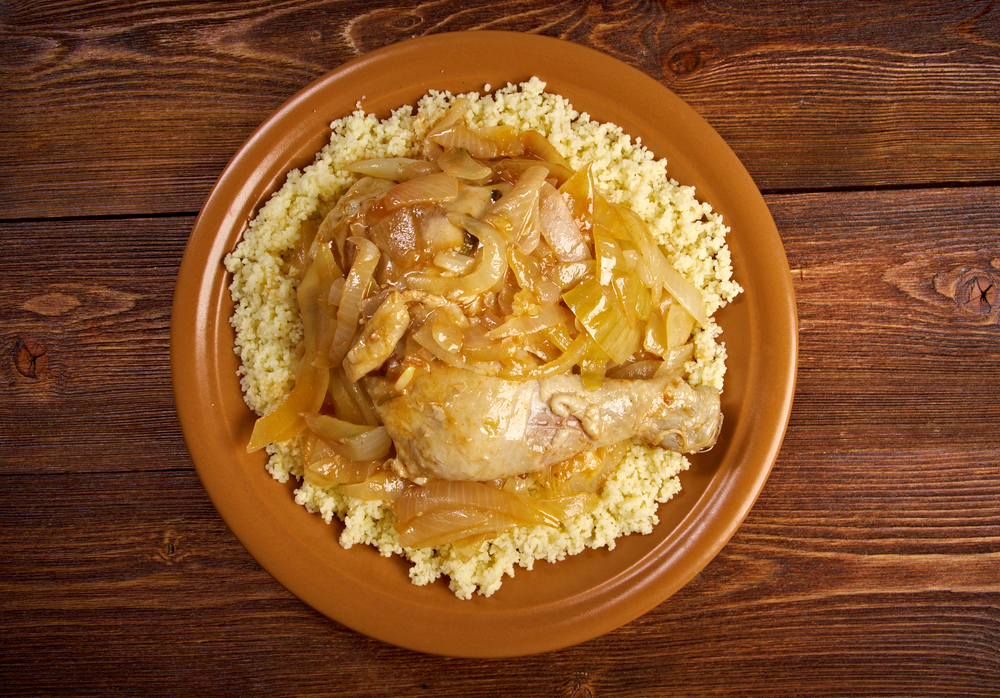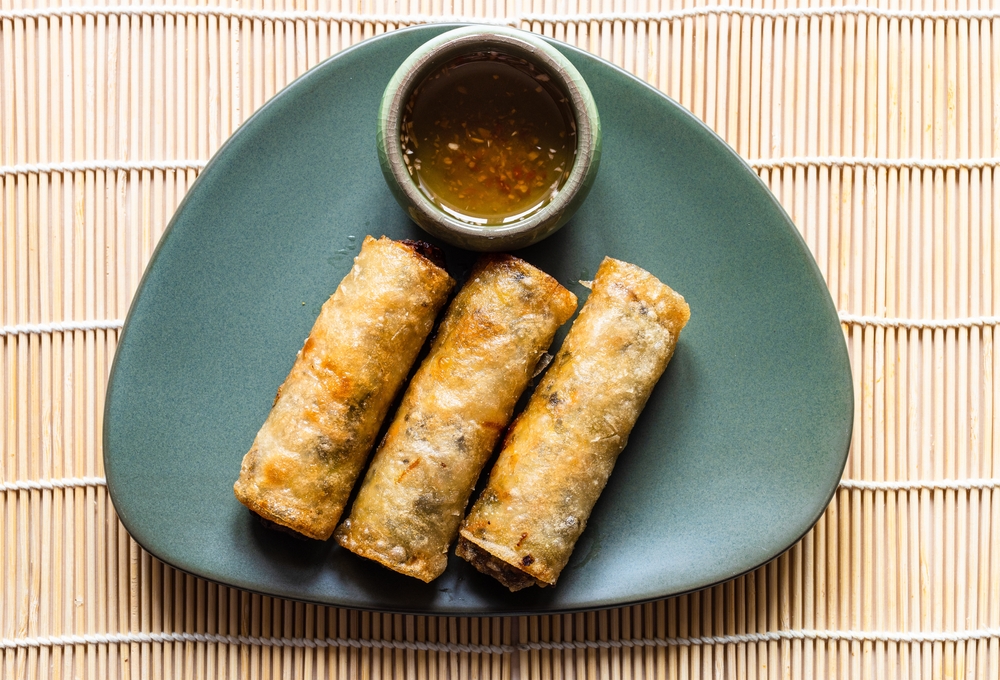Unveiling the Zesty Secrets of Ginger in African Cuisine
Welcome to a spice odyssey where we explore the zest and zing of ginger in African culinary traditions. This versatile root, known for its fiery yet warm essence, is a cornerstone in the diverse tapestry of flavors that define African dishes. From the bustling streets of Cairo to the serene landscapes of the Serengeti, ginger is a revered ingredient that brings life to every meal.
Ginger: The Spicy Root that Revitalizes Your Recipes
Ginger is a versatile ingredient that can be used in sweet and savory dishes alike. It’s known for its unique combination of zestiness and warmth, which can enhance the flavor profile of your meals. Below is a guide on how to use ginger in your cooking.
Using Fresh Ginger
Fresh ginger can be minced, grated, or sliced thinly to infuse its flavor into a variety of dishes. It’s perfect for stir-fries, marinades, and even tea. Remember, a little goes a long way with fresh ginger.
Dried Ginger
Dried ginger has a more concentrated flavor and is typically used in powdered form. It’s a staple in spice blends and is excellent for baking, adding a warm, spicy note to cookies, cakes, and other desserts.
Pickled Ginger
Pickled ginger, often served with sushi, is a great palate cleanser. Its sweet and tangy flavor also makes it a delightful addition to salads and noodle dishes.
Candied Ginger
Candied ginger is a sweet treat that can also double as a dessert garnish or a spicy-sweet addition to baked goods. It’s ginger cooked in sugar syrup and air-dried.
Ginger in Drinks
Ginger adds a refreshing kick to beverages. From ginger tea to ginger beer, its spicy undertone can transform your drink into something special.
Ginger: A Versatile Spice for Your Kitchen
Whether it’s fresh, dried, pickled, or candied, ginger can elevate the taste of your dishes. Experiment with this wonderful spice and discover the depth it can add to your culinary creations.
Exploring Ginger in African Cuisine
Ginger is a beloved spice that plays a significant role in African cooking. Across the continent, it’s celebrated for its ability to add a warm and spicy kick to both traditional and modern dishes. Here’s how ginger weaves its magic into African cuisine.
Marinades and Meat Dishes
In many African cultures, ginger is used to marinate meats, imparting a rich flavor that penetrates deeply. It’s commonly combined with garlic, chili, and a variety of local spices to create mouthwatering dishes such as kebabs, stews, and grilled meats.
Soups and Stews
From the spicy peanut stews of West Africa to the aromatic soups of North Africa, ginger adds a warm and invigorating flavor that is both comforting and robust. It complements the flavors of tomatoes, onions, and indigenous spices beautifully.
Teas and Beverages
Ginger tea is a popular beverage throughout Africa, known for its medicinal properties and its ability to soothe and warm the body. It’s also a key ingredient in homemade ginger beer, a non-alcoholic, fizzy, and refreshing drink enjoyed across the continent.
Ginger: A Versatile Spice for African Dishes
Whether used in marinades, stews, or beverages, ginger’s pungent and spicy flavor is an essential component of African culinary traditions. It’s a spice that brings warmth, depth, and excitement to the table.
FAQs About Ginger in African Cuisine
How is ginger used in traditional African cooking?
Ginger is used extensively in African cooking, often ground into a paste or grated fresh into marinades, spice rubs, soups, and stews. It’s also used to flavor rice dishes and sauces.
Can ginger be found in African desserts?
Yes, ginger is used in some African desserts, especially in North Africa where it’s added to sweet pastries and confections, often paired with cinnamon and cloves.
Is ginger used differently in various regions of Africa?
Definitely. In North Africa, ginger is commonly used in dried form as a spice for tagines and couscous dishes. In West and East Africa, fresh ginger is often used in stews, teas, and homemade ginger beers.
What are the health benefits of ginger in African herbal medicine?
Ginger is renowned for its medicinal properties in African herbal medicine. It’s used to treat nausea, aid digestion, reduce inflammation, and as a remedy for colds and flu.
How does the flavor of ginger influence African cuisine?
Ginger brings a warm, spicy, and slightly sweet flavor that’s able to both stand out and blend in with other strong flavors, which is essential in the bold and complex spice mixtures that are characteristic of African cuisine.
Conclusion
In the grand tapestry of African cuisine, ginger stands out as a spice that is both a flavor enhancer and a bridge between the various taste profiles found across the continent. From its medicinal uses to its prominence in festive beverages, ginger’s cultural significance is as rich and deep as its flavor. Embracing ginger in your cooking is an invitation to experience a piece of Africa’s culinary heritage, a journey of taste that promises to be as enlightening as it is delicious.















